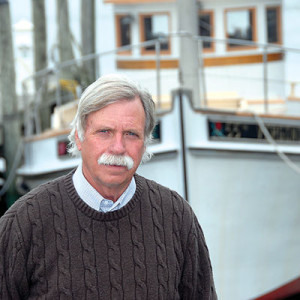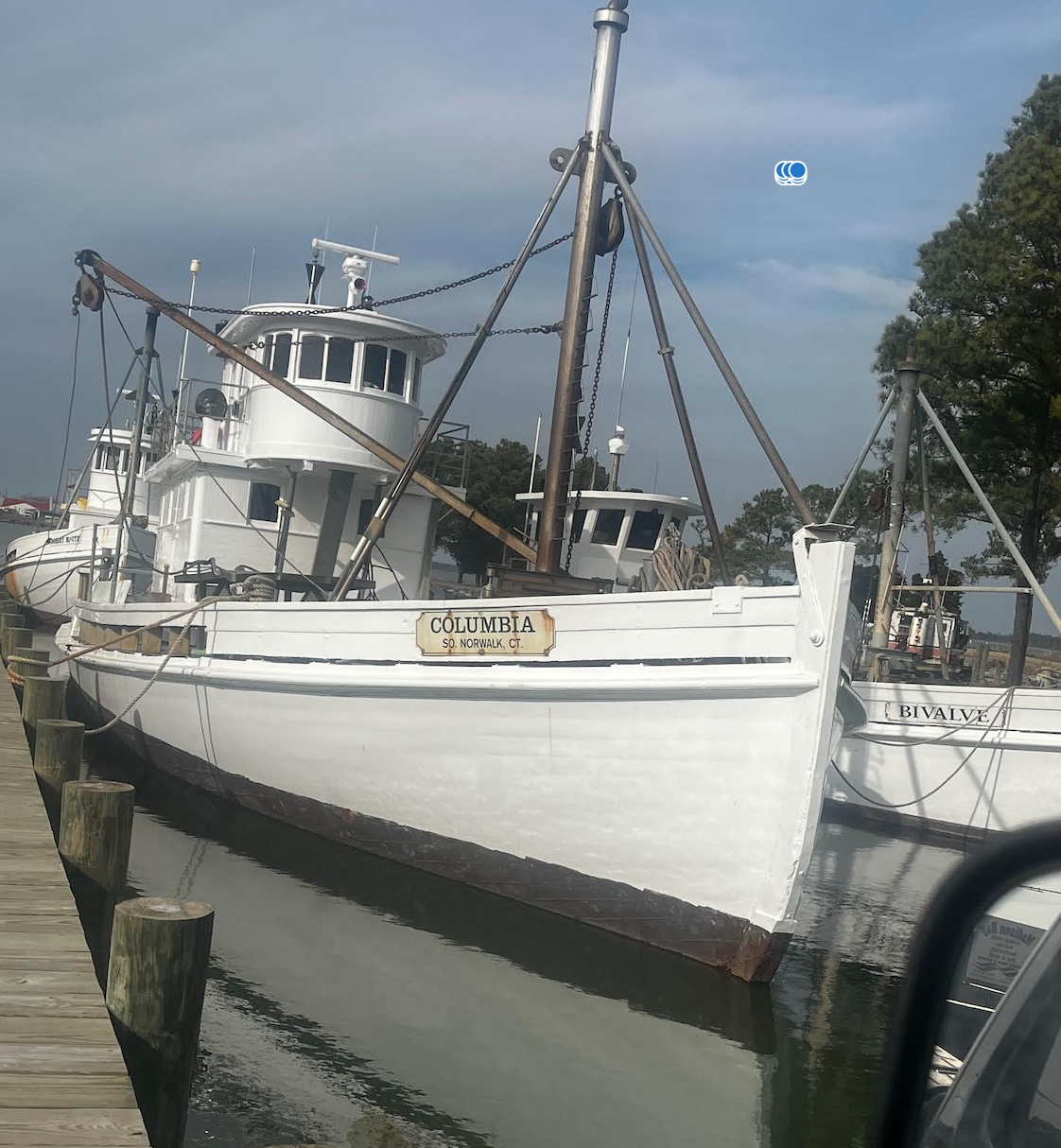Hillard Bloom Shellfish Co. (HBS) of Bridgeport Conn. is going out of the oyster and clam businesses and this has led to an exodus of four early 20th century wooden Conn. oyster schooners moving to Chesapeake Bay.
The four vessels Columbia, Bivalve, Robert M. Utz and Susanne cruised 343 miles in 40 hours to reach their new home on the Eastern Shore of Maryland.
“We left Bridgeport at 10 a.m. Monday (Jan. 30) and arrived here on Wednesday (Feb. 1) at 2 a.m. We did not stop during the entire 40-hour trip except for pizza at Chesapeake City,” says Benny Horseman the new owner of the 1906 built Columbia the largest of the four boats
“Some of the younger Bloom boys have worked in the business part-time but that next generation of family are teachers and policemen and are not used to the hard work there is in the oyster business. They are going to keep the oyster grounds which they will lease to individual companies,” says Lubrano.
“We put the boats up for sale and I was amazed at how fast they sold,” he says. “If they look after the boats, they will work well in the Chesapeake Bay’s oyster fishery for many years. One of the new owners mentioned fiberglassing the bottom. I told him when you put fiberglass over wood on an old workboat like these you are stamping the expiration date.”
New owners
Benny, 35, and his brother Alex, 34, of Madison Bay Seafood of Madison, Md. plan to use the Columbia to plant shell on public oyster rock for the state of Maryland’s Oyster Replenishment Program.
“When we rolled into the Chesapeake Bay, heads started turning when they saw these four beautiful boats coming down the bay,” says Horseman. “We see these boats as a way to help create a sustainable public rock for the watermen of the State of Maryland.”
The boats:
- The 70.5’ x 22.5’ x 5.3’ Columbia was built in 1906 at Tottenville, New York and has a displacement of 37 tons gross and 30-tons net.
- The 52.8’ x 18.1’ x 5.3’ Robert M. Utz was built in 1917 at Tottenville, New York. The boat is 37-tons gross and 30-tons net.
- The 53.8’ x 18’ x 5.4’ Suzanna was built in 1939 and has a displacement of 34 tons.
The boats resemble the iconic Chesapeake Bay buyboat style with a tall pilothouse aft and plenty workspace on the forward decks.
“They should work well on Chesapeake Bay,” says Lubrano. “The key to the life of these boats and for any commercial fishing boat is maintaining it properly. The reason these century-old boats are here today is because we and others had them on the railway when they needed to be there.”







